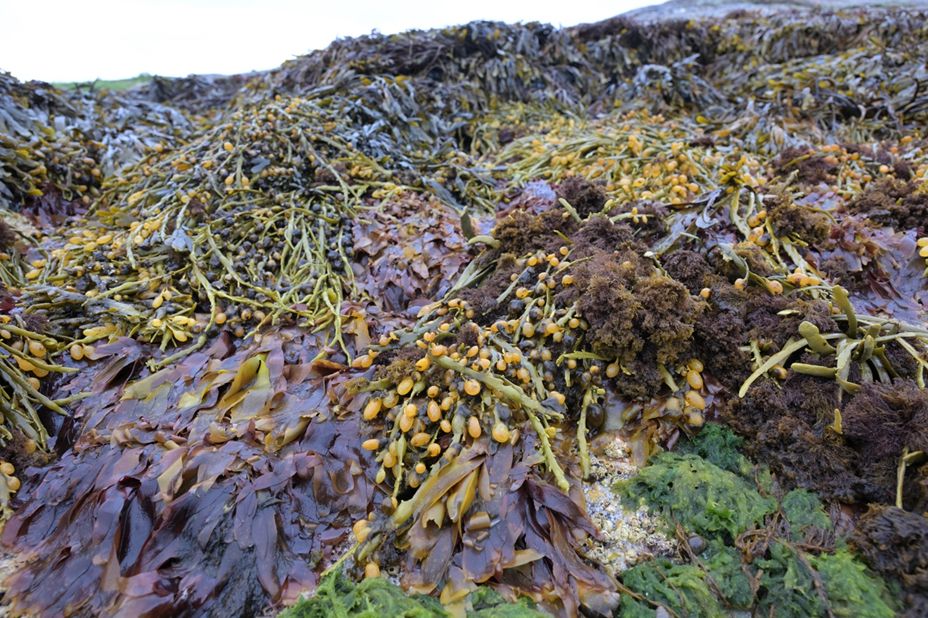Avoids flying. Enjoys music, very much!
He/him
Can coexisting yeast strains show complementarity and niche partitioning?
Any articles would be highly appreciated.
🧪
Can coexisting yeast strains show complementarity and niche partitioning?
Any articles would be highly appreciated.
🧪
Anybody knows of young marine ecologists (within 7 years from earned PhD) that would like to come to Gothenburg, Sweden, for a nationally funded Assistant Professorship? It is highly competitive but well funded. (1) of (3)
Anybody knows of young marine ecologists (within 7 years from earned PhD) that would like to come to Gothenburg, Sweden, for a nationally funded Assistant Professorship? It is highly competitive but well funded. (1) of (3)
The announcement can be found here: web103.reachmee.com/ext/I005/103...
I've heard that the position will come with a lot of resources.
🧪 #biodiversity
The announcement can be found here: web103.reachmee.com/ext/I005/103...
I've heard that the position will come with a lot of resources.
🧪 #biodiversity





www.theguardian.com/environment/...

www.theguardian.com/environment/...




www.science.org/doi/10.1126/...
🧪

www.science.org/doi/10.1126/...
🧪
Vad menas med ”utveckla” tro?
Vad menas med ”utveckla” tro?
To warn others to learn from our mistakes.
On the left, government projections of new jobs (blue) vs the reality (red); on the right, distribution of tax cuts by income decile.


To warn others to learn from our mistakes.
On the left, government projections of new jobs (blue) vs the reality (red); on the right, distribution of tax cuts by income decile.

Not-so-mutually beneficial coral symbiosis: Current Biology www.cell.com/current-biol...

Not-so-mutually beneficial coral symbiosis: Current Biology www.cell.com/current-biol...
Många av de arter och livsmiljöer som finns i Sverige är idag under stor press. Endast omkring 40 procent av arterna och 20 procent av livsmiljötyperna bedöms ha gynnsam bevarandestatus i hela landet.
www.naturvardsverket.se/om-oss/aktue...
Många av de arter och livsmiljöer som finns i Sverige är idag under stor press. Endast omkring 40 procent av arterna och 20 procent av livsmiljötyperna bedöms ha gynnsam bevarandestatus i hela landet.
www.naturvardsverket.se/om-oss/aktue...

Read more here: jecologyblog.com/2025/05/20/c...

Read more here: jecologyblog.com/2025/05/20/c...
👉 doi.org/10.1016/j.ma...
👉 doi.org/10.1016/j.ma...
Study: doi.org/10.1016/j.je...





